----
ooksaidthelibrarian: Sigismond Laskowski: Anatomie normale du...
// Art and Reference point

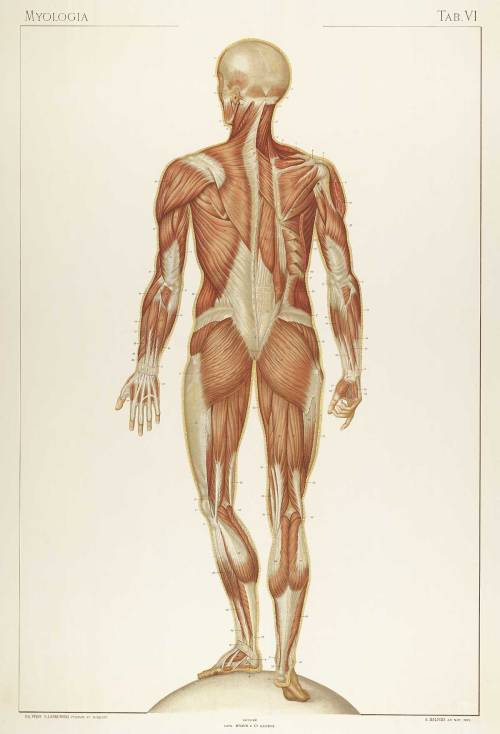
Sigismond Laskowski: Anatomie normale du corps humain: atlas iconographique de XVI planches, 1894
----
Shared via my feedly reader
Sent from my iPad

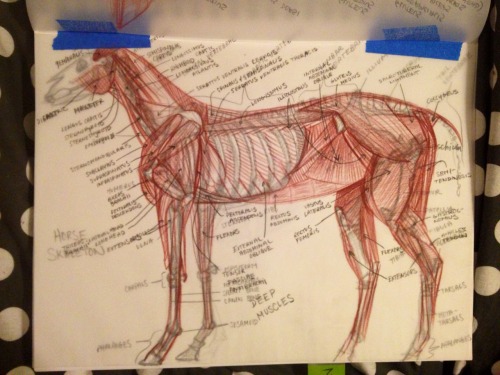

I just wanted to share what I've been up to lately, since I haven't been posting as much. My animal and wildlife drawing class has been consuming my life, but surprisingly, I don't mind at all!
I've filled 3/4 of a sketchbook in the past month with skeletons and gestures… This particular one is a horse skeleton, plus deep and superficial muscles. I'm just really excited about how much my drawing has improved just in the last month! Plus I reallyyy like learning about animal anatomy. I had an extremely difficult time deciding whether to study biology (ecology & conservation) or art… So it's pretty exciting for me to combine my two favorite things!
In the summer 2014 issue of Drawing, our "Drawing Fundamentals" series teaches you how to draw realistic mouths and noses from various angles. Author and artist Jon deMartin explains that the same underlying process applies when drawing any of the face's features. First, you must find the line of action, which describes the form's overall gesture and dimensions. Next, you indicate the structure of the form with a series of lines approximating its outer contours. Finally, you hone these into finer curved lines and add additional lines to describe interior shapes.
Although this is a seemingly simple process, each step comes with its challenges, especially for those who are first learning the method. To help with this, deMartin offers numerous demonstrations of how this process plays out when drawing the facial features. The current article contains more than 10 demos on drawing the mouth and nose. (The next issue of Drawing will contain similar demonstrations for the eye and ear.)
Below are two of deMartin's  demonstrations. The first is a bonus nose-drawing demonstration that didn't make it into the magazine. The second demo, about the eye, offers a sneak peek from the next issue.
demonstrations. The first is a bonus nose-drawing demonstration that didn't make it into the magazine. The second demo, about the eye, offers a sneak peek from the next issue.
Enjoy these two short demonstrations. For many more examples and more in-depth explanations of the process, get your copy of the summer issue of Drawing here.
Demonstration 1: The Nose in a Three-Quarter Upward View
Step 1: We define the outer shape of the nose by connecting its outermost extremities with straight, gestural lines.
Step 2: We refine this outer shape through finer lines, and better define the base of the nose.
Step 3: Our next lines further refine the curves of the nose and indicate the nostrils. At this point one can see the general planes of the form.

Step 4: We hone the curves and selectively darken lines of greatest contrast.
Demonstration 2: The Eye in a Three-Quarter View
Step 1: We begin by drawing the action line, which establishes the gesture and the outer bounds of our subject.
Step 2: We draw the outline of the shape, by focusing on the points of amplitude that dictate the curves of these outer lines.
Step 3: We define and detail the major interior lines of the form.
Step 4: We add final important lines and selectively darken key lines for emphasis.
To see similar demonstrations with detailed instructions, get your copy of the new issue of Drawing, or subscribe to the magazine here.
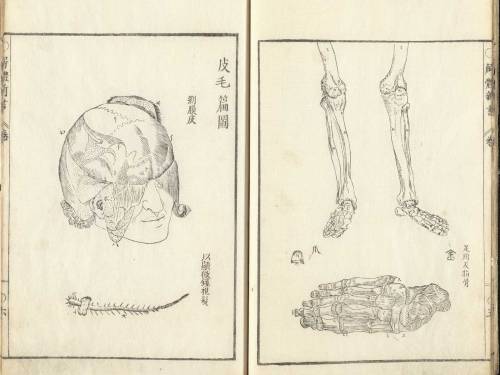
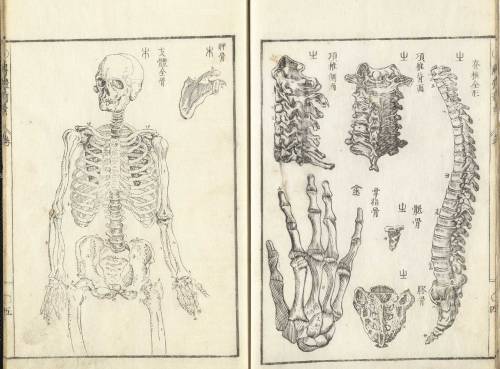

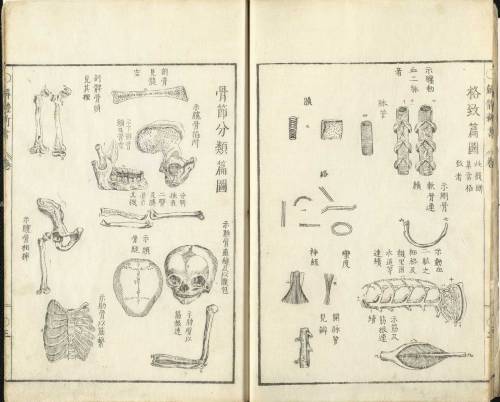
Anatomical illustrations by Naotake Odano, 18th century, published in Kaitai Shinsho.
Today's blog post features the groundbreaking art movement simply titled Women Painting Women. The movement was founded by Alia El-Bermani, Diane Feissel and Sadie J. Valeri, whose inspiring story is featured in a recent issue of The Artist's Magazine, and I'm honored to share it with you here. Enjoy! ~Cherie
While the feminine muse has long been a source of inspiration for works created by painters of both genders, traditionally (especially from a male perspective) women have been represented as passive subjects, sexual props or mere objects of beauty. Today, that mindset is changing as an increasing number of women artists redefine their dual roles as creators and models. These artists not only embrace the female viewpoint, but also thrust it into an arena wherein it has long been overlooked. As a result, women are painting women–regionally, nationally and internationally–and thanks to the efforts of three artists/bloggers, the art world is taking notice.

Rest (oil, 36×48) by Lauren Tilden appeared in the 2013 exhibition "Year of the Woman: Paintings of Women by Women" at Artists' House Gallery in Philadelphia. "As a new mother," says Tilden, "I found adjusting to the needs of my infant daughter difficult, but the more I gave of myself, the more purposeful I felt my life to be. On another level, the two figures could be viewed as the same woman, representing the passing stages of life as described in the hymn by Keith Getty and Stuart Townend: 'from life's first cry to final breath.'"
An Idea Whose Time Has Come
In 2009, artists Sadie J. Valeri, Alia El-Bermani and Diane Feissel started a blog as a way of highlighting underrepresented women artists actively portraying female subjects in the figurative tradition. Recalling the group's humble beginnings, co-founder El-Bermani explains, "I had begun to read Sadie Valeri's personal blog, where I soon found a post about her dismay over a Sotheby's auction entitled 'Women,' in which not a single female artist had been included; women were merely the subject. From there, a discussion progressed both in the comments section of the blog and privately; soon thereafter, Sadie reserved the domain www.womenpaintingwomen.blogspot.com, and fellow artist Diane Feissel and I came on board as co-founders and contributors."

Year at Sea (oil, 68×46) by Alexandra Tyng appeared in the 2013 "Women Painting Women: (R)evolution" exhibition at Principle Gallery in Alexandria, Virginia. Tyng saw the subject, a personal friend, as a well-grounded woman who, after her mother's death, was able to navigate the difficult waters of charged feelings and changing priorities.
The resulting Women Painting Women (WPW) blog quickly became an international hit. Featuring work by female figurative painters from around the world, it boasts 1,400 followers and more than 9,500 Facebook fans. The WPW blog is the spearhead of a movement that's garnered serious media buzz and spawned eight major exhibitions–and that's just the beginning. "There are some wonderful painters out there," says Feissel, who, along with her counterparts, is overjoyed with the role that the WPW blog has played in raising awareness about the vast collective of female talent. "Some artists are known and some lesser known, and it makes us happy to be able to provide a venue where their work can be seen and shared."
Toward that goal, the founders had posted a call to contemporary female artists, encouraging them to submit images of their work for inclusion on the blog. The quantity and quality of the paintings sent in proved energizing. "I honestly don't think any of us thought we were forming a movement," says El-Bermani. "We were trying to create an online resource, a collection of incredible figurative paintings that just happened to be painted by women. It wasn't until a year later, when Robert Lange Studios in Charleston, South Carolina, contacted us about a potential exhibition, that we realized just how many people had been following our little blog." The bloggers put out a call for participants in a brick-and-mortar gallery show, and thus, serendipitously ushered in the next phase of the WPW phenomenon. ~L.H.
Continue reading this article in The Artist's Magazine (April 2014); subscribe; and scroll down to learn more about the founders of Women Painting Women.
**Subscribe to the Artists Network newsletter for inspiration, instruction, and ideas, and score a free download on Human Figure Drawing: A Two-Part Guide by Sadie J. Valeri.

(left to right) Alia El-Bermani, Diane Feissel, and Sadie J. Valeri; founders of the Women Painting Women blog
Meet the Founders
Alia El-Bermani studied art and dance at Roger Williams University (Bristol, Rhode Island) and then, under a scholarship for Excellence in Fine Arts, transferred to Laguna College of Art and Design (Laguna Beach, California), where she received a bachelor of fine arts degree. Since then, El-Bermani has participated in solo and group exhibitions in both galleries and museums across the country. Haynes Galleries in Nashville, Tennessee, and Thomaston, Maine, represent her work.
Diane Feissel studied painting at Bryn Mawr College in Pennsylvania and later took painting classes at the Pennsylvania Academy of the Fine Arts and the Fleisher Art Memorial, both in Philadelphia, as well as the Studio Escalier in Argenton-Chateau, France. She has shown her work in juried exhibitions in the United States and also in France. Haynes Galleries in Nashville, Tennessee, and Thomaston, Maine, and Artists' House Gallery in Philadelphia represent her work.
Sadie J. Valeri is the director of Sadie Valeri Atelier, a traditional art school in San Francisco. She holds a bachelor of fine arts degree in illustration from the Rhode Island School of Design, in Providence, and has studied with several masters of realism, including Juliette Aristides, Jacob Collins, Michael Grimaldi, Ted Seth Jacobs, Timothy Stotz, and Michelle Tully.
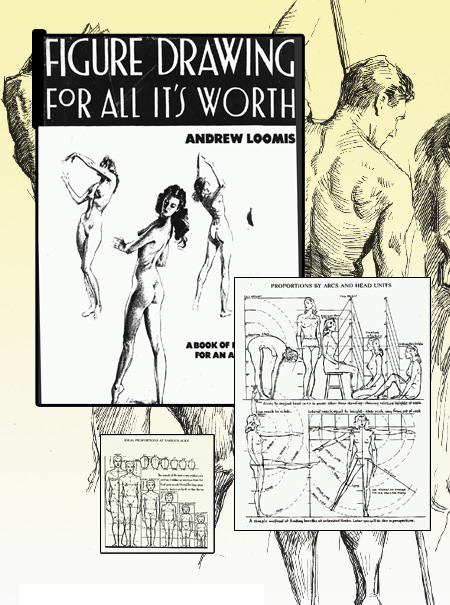
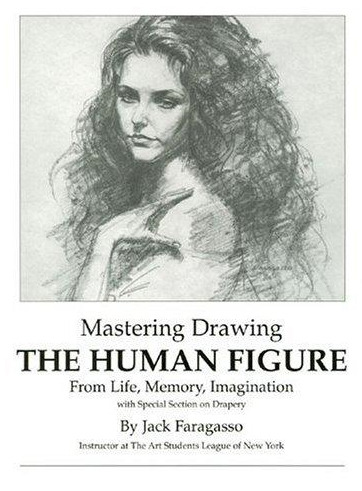

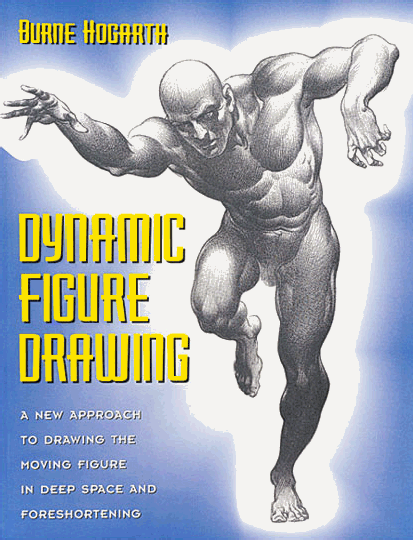
4 all u kids who wanna study some figure drawing/anatomy
- Figure Drawing For All It's Worth - Andrew Loomis >PDF download
- Mastering Drawing The Human Figure - Jack Faragasso >PDF download
- Figure Drawing Design and Invention - Michael Hampton >PDF download
- Dynamic Figure Drawing - Burne Hogarth >PDF download
All the downloads are free they only take a little bit time to download because these are big files!
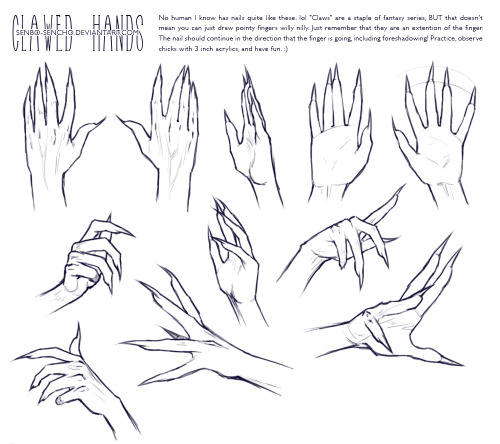

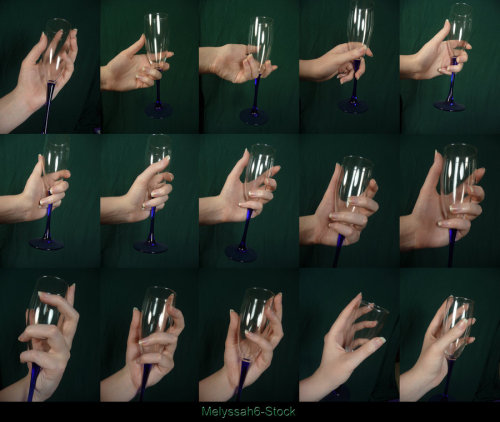

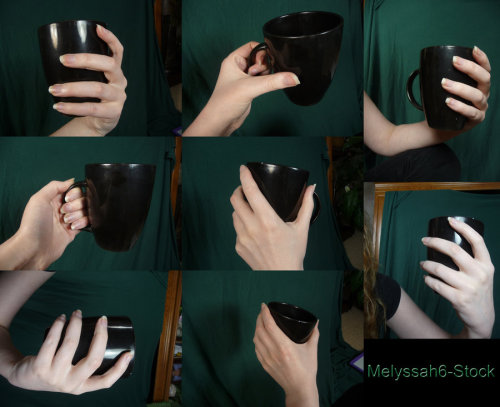
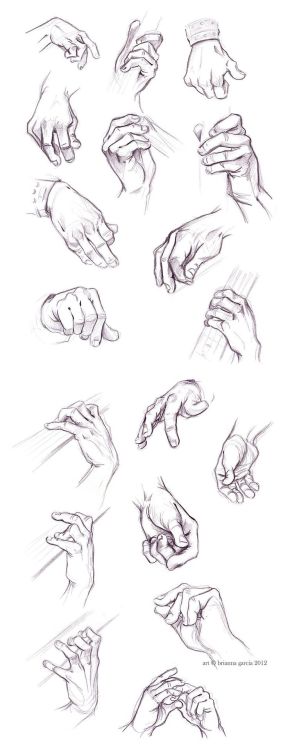
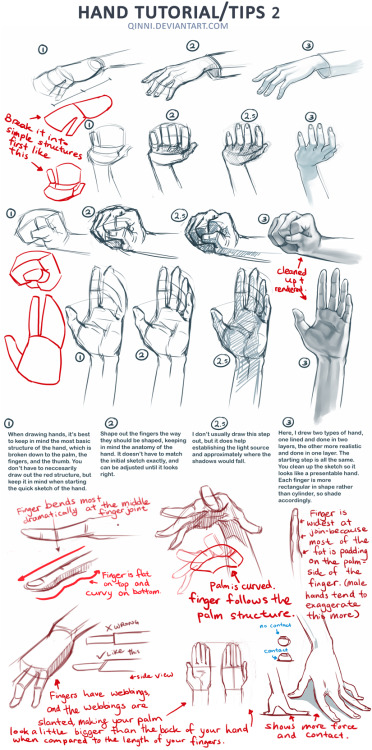
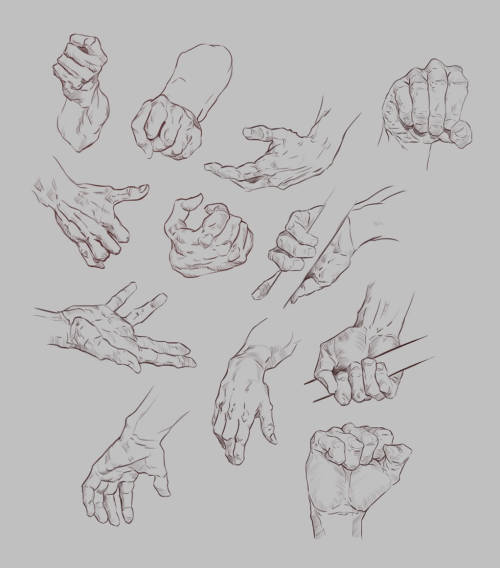
Some hand references.
Redid a post by fucktonofanatomyreferencesreborn with sources because they never source anything and I don't want to reblog that post because I don't want to support blogs who don't give credit to people
(No, stating that the art is ~not yours~ and ~came from elsewhere~ IS NOT PROPER CREDIT. Many of these have usernames and such on them but not every single one and you still ought to link back to the specific piece)
I couldn't source the last one so I didn't include it.

 |
 |
| Back up enough and these ladies will all smile at you. |

Quickest way to improvement? Practice. It's a simple bit of advice that rings with absolute truth. Articles, tips, mentors, and study will never get you as far as rolling up your sleeves and getting down to work, be it animation or any other skill. Today we've compiled a list of exercises, like animation push-ups, that will get your art skills buff and toned.
Maybe you still need convinced of how important the "Art of Doing" is? Look no further than the early days of animation, especially at the Disney studio. Here were a group of animators (before being an animator was even a thing) who HAD no books to read, or websites to visit, or even experienced animators to ask. They learned via the age old art of hands-on training, experimenting and discovering as they went. And some would argue they created some of the greatest animation to ever be seen. Masterpieces like the dwarfs dancing in Snow White or the terror of the Monstro scene in Pinocchio. So be like them! Get out there and do animation!
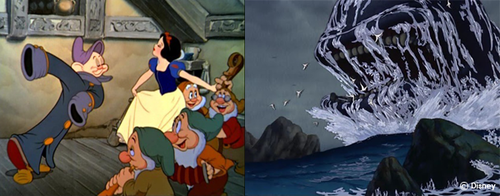
Some of these exercises you may have done or seen before; some maybe not. Consider doing each of them, even if you did once previously, because returning to an old exercise to see how much you've progressed is a very valuable experience.
(Do not discount their simplicity! Here you have the principals of animation, which all other animation is built on. They are worth your time and effort.)
Have any questions about the exercises above? Leave a comment below and we'll answer them the best we can! Someone else may be wondering the exact same thing, so you'll help them too. Likewise if someone is looking for possible exercises, why not share a link to these and give them a hand?
Article featured on AnimatorIsland.com
[Source]
Article composed by J.K. RIKI
MARCH 18, 2013
Follow @AnimatorIsland on Twitter for more updates tips and tricks.
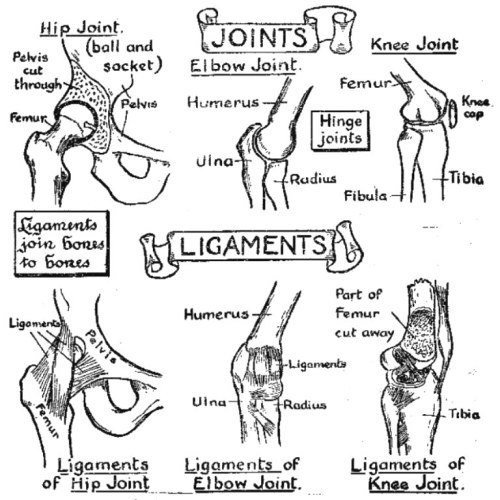
Some joints and ligaments of man.
S. R. Dent, Life (Pietermaritzburg: Shuter & Shooter, 1965).

Nicolas "Nico" Marlet is a character designer, visual development and animation artist best known for his work on animated features like How to Train Your Dragon, How to Train Your Dragon 2, Kung Fu Panda, Monsters, Inc., Bee Movie, The Road to El Dorado and others.
Marlet's character design drawings just about jump off the page with their springy energy. His model sheets show a wild and abundantly creative imagination.
His work has been featured in books like The Art of How to Train Your Dragon, The Art of How to Train Your Dragon 2, The Art of Kung Fu Panda 2, and others, as well as a published replica of one of his sketchbooks.
Marlets' work is part of the Art of How to Train Your Dragon 2 exhibit currently at Gallery Nucleus in Alhambra, CA (to July 6). There is a preview of his Sketchbook on their site as well.
Marlet apparently does not have a dedicated web presence, so we'll have to make do with a scattering of unofficial resources.